Today most service executives have a revenue growth target. After having delivered cost reductions for decades, the switch to delivering revenue growth is easier said than done. Where cost control stays within the current paradigm, growing revenue requires an entrepreneurial mindset.
When sales people need to grow revenue, their first response will be “Give me a new product, with more features at a better price point. And yes, we need a marketing budget too.” Let’s transpose this mindset to the service domain.

Give Me a New Product
Take a look at your current services portfolio. When is the last time you reviewed this portfolio? How did the services in your portfolio come to be? Was it an internal push or did you create a dialogue with your customer to develop these services?
Whether we use the word disruption or not, there are several changes to take into consideration.
- Customer behaviour
- Technology
- Business objectives
There are two significant trends we see at play today.
- From Product to Output to Outcome based services
- From Reactive and Preventive to Condition-based and Predictive services

Give Me More Features
At home you may have a lot of products laden with features you do not use. Those features have been added by the supplier to cater to a multitude of use-cases. You may have a comparable situation with the “features” on your services portfolio.
In growing revenue, the most important thing is to have a dialogue with your customer to change the feature push into a feature pull.
A preventive maintenance example:
You can split the preventive maintenance job into three pieces:
- The execution of preventive maintenance
- Creating a report on the findings and activities done
- Communicating about the job
Many customers see the execution of preventive maintenance becoming a commodity. They expect to get a report free of charge but will acknowledge its value increasing from a compliance point of view. The eye opener may be communication. When offering choices like email, telephone, video conference or communication on site, a growing group of customers will choose the latter. With equipment becoming so complex, customers want an expect to say something sensible about it. Often this visit turns out to be the largest cross and upselling opportunity.
We see two growth levers:
- Suppliers adding communication “features” enter in a dialogue of value and drive new revenue streams
- Suppliers adding features enabled by service and digital transformation are more connected to their customers leading to more sustainable revenue

At a Better Price Point
We’ve heard various asset operators say: “Less service is more”. Meaning, the lesser a piece of equipment requires servicing, the more the operator can drive value from its use.
We also hear that OEMs providing basis break-fix and preventive maintenance services saying that these services are becoming commoditised and are under severe price pressure.
Of course, you should continue your efforts in improving your internal efficiency and curbing your cost, but the move forward is to develop services higher up in the value chain.
We see a shift:
- From Price to Total Cost of Ownership (TCO) to Value based proposals
We Need a Marketing Budget
In Sales, growing revenue is driven by touch points, leads and conversion of those leads into a sale. In Service we have plenty of touch points and we are driven by customer satisfaction.
- We drive incremental sales while performing a maintenance job
- We use customer satisfaction to the benefit of higher renewal rates attach rates post point-of-sales
Though these two actions do increase revenue, they build on existing customers in the service domain. To grow revenue further, you need to tap into a base beyond your existing service customers.
- Sell services at time of product/ equipment sales
- Sell services to adjacent and competitor equipment
To convince these “new” customers you need to be able to articulate how good and valuable your services are. Call it marketing.
This article is published in ServiceMax Field Service Digital on June 25th, 2018
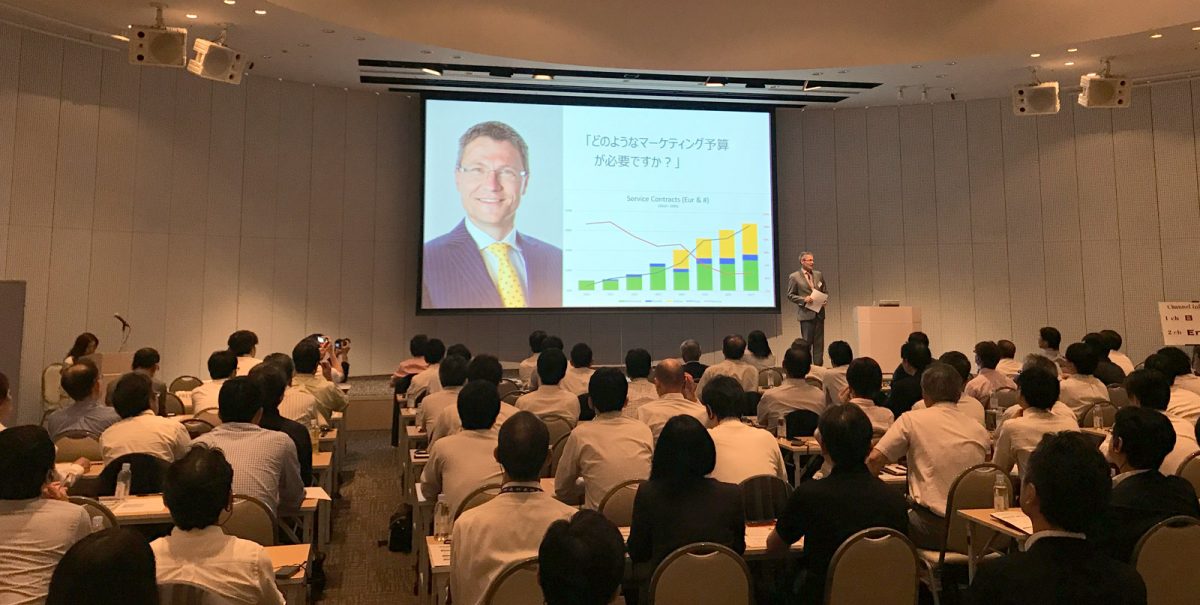







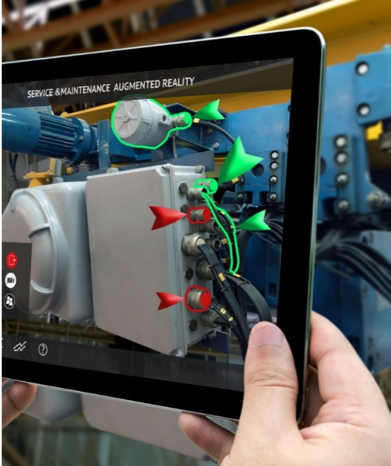
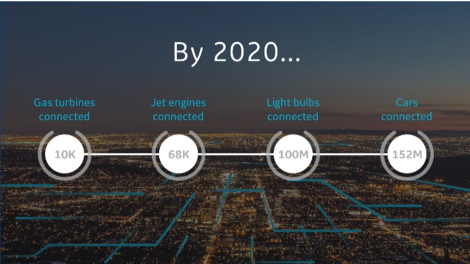

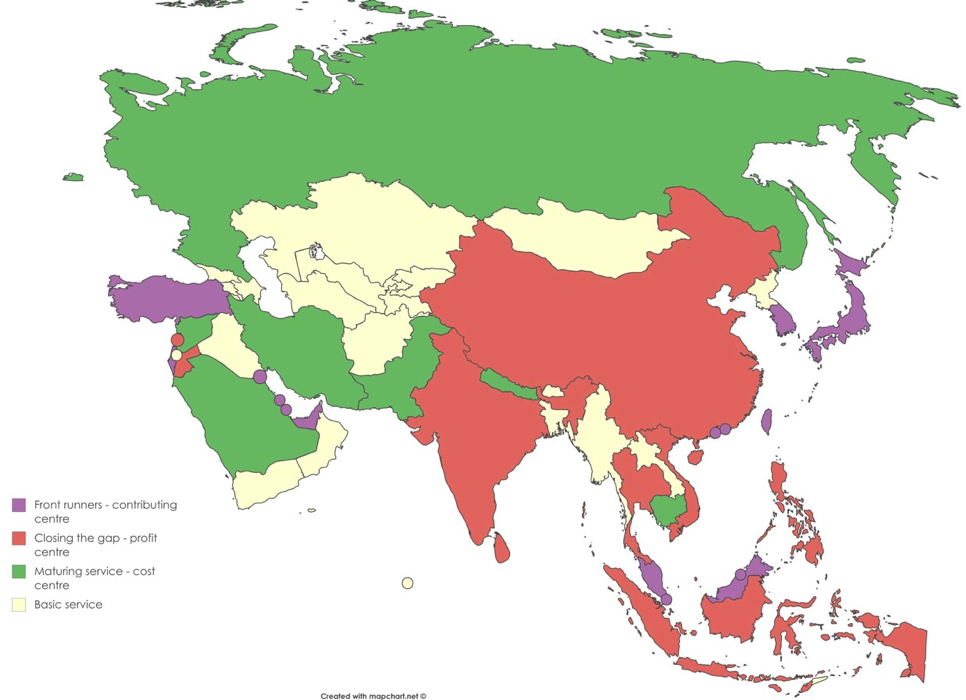
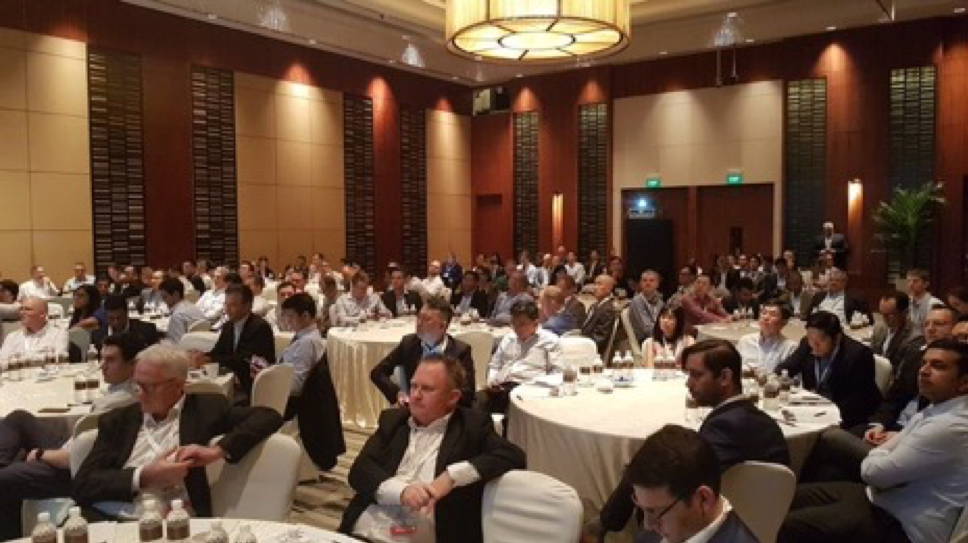

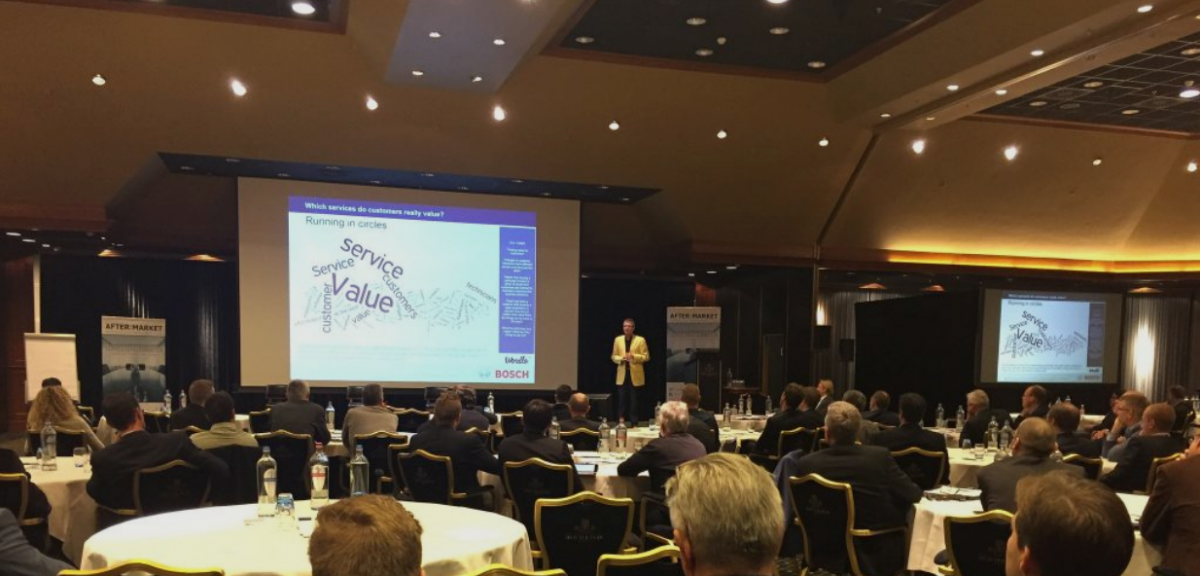


 In the Philips Lighting dialogue the customer asks for a Design, Build, Finance, Maintain and Operate solution. This DBFMO framework can be used to understand total cost of ownership.
In the Philips Lighting dialogue the customer asks for a Design, Build, Finance, Maintain and Operate solution. This DBFMO framework can be used to understand total cost of ownership.
